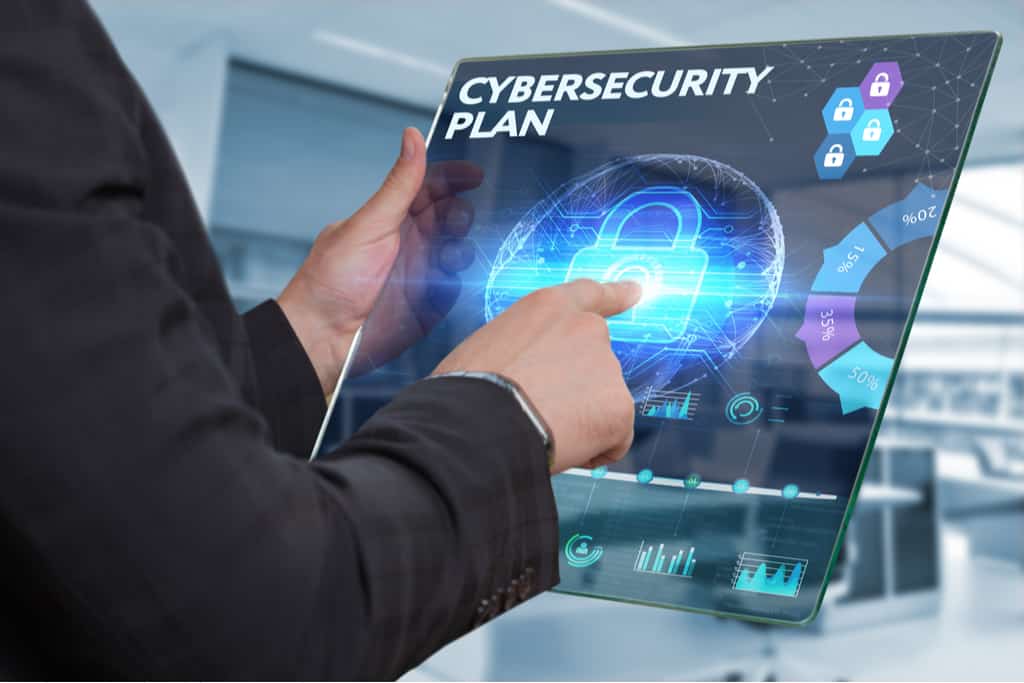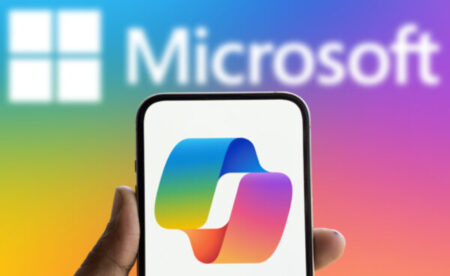Cybersecurity has advanced in unison with the development and mass adoption of IT technologies. Ever since organizations began working with digital assets, cyber crooks have taken advantage of any weaknesses. This may be in the storage infrastructure, sharing protocols, and root code of these assets to exploit cybersecurity threats.
With this persistent threat growing year on year, the cybersecurity industry has flourished. In 2020, the total global spend on cybersecurity was close to $145 billion. This saw an increase of $113 billion from 2015. Yet, as dedicated businesses are to maintaining the security of their digital assets, the future of cybersecurity threats will call for a whole new approach. Now is the time to start planning.
Today, cybersecurity experts, IT departments, and business executives are acutely aware of existing threats. For example, threats include ransomware, distributed denial of service (DDoS) attacks, and various malware. However, the next generation of cybersecurity threats will be much harder to define, discover, and mitigate.
Cybersecurity Threats to the Cloud
Most organizations have shifted the way they store and manage data. Organizations are gradually phasing out on-premise solutions, which they are replacing with cheaper, scalable, cloud-based alternatives. Even company networks are becoming outsourced.
These solutions provide businesses with a cost-efficient and streamlined way to manage IT resources and business-critical data. However, the more services a company migrates to the cloud, the more disjointed security provisions and the larger the threat landscape becomes.
Although most cloud providers today ensure exceptional security protection, there will be an increasing demand for improvements. This is due to the threat landscape growing in complexity. But, this isn’t the primary obstacle.
Hackers will likely target the users of cloud services to compromise these services via the backdoor. As a result, users themselves will need to become far more vigilant. They need to employ airtight mechanisms for storing credentials. They need to secure the devices they access cloud-based services from.
It will also become essential to monitor the Dark Web. This is necessary in establishing whether a hacker has compromised user credentials. This will also be to deploy mechanisms that ensure they don’t use the same credentials over multiple platforms.
AI and Advanced Computing
Artificial intelligence (AI) is already ubiquitous in many business processes and systems. However, this advancement hasn’t gone unnoticed by cybercriminals. The complexity of AI technology will likely lead to vulnerabilities. Hackers can exploit these vulnerabilities. The complex nature of AI systems will make potential breaches hard to detect.
Hackers will exploit AI tools to mount their sophisticated attacks. They will use deep fakes and voice simulation to access confidential material, as is already the case. Businesses will have to seek out cyber defenses that mimic the same AI techniques used by attackers to protect against these risks. They will need to deploy more sophisticated identification checks, such as biometric authentication.
For example, penetration testers may use AI to predict network attack strategies. Meanwhile, a system could deploy artificially intelligent sentinels to spot attacks in progress and alert users.
Beyond AI, the development of quantum computing poses another threat to organizations across the board. In the hands of a hacker, a sophisticated quantum computer could potentially decode the complex cryptographic algorithms that keep data safe once optimized.
Today, there is little to future proof against this. But, if you stay vigilant and consistently upgrade your security defenses, you should at least stand a chance of avoiding the fallout of a compromised cybersecurity shield.
5G and IoT devices
Many analysts believe that 5G will pose the biggest cybersecurity threat in the history of the digital age. As a super-fast, reliable internet connection, the 5G network will revolutionize the way internet of things (IoT) devices connect and communicate. 5G is predicted to run 1,000 times faster than existing internet networks. Researchers believe that by 2025, 75 billion new devices will onboard every year.
On the surface, this will usher in a new era of technology. For instance, autonomous cars become a significant presence on the planet’s roads and automated, connected infrastructure become widespread. However, this new era of connectivity is also a goldmine for malicious actors.
Beyond the obvious — holding company networks and all their devices to ransom — the threat from 5G could have even bigger geopolitical consequences, and companies will be used as pawns in politically driven cyber-attacks. For example, if a private firm is responsible for the provision of connected services to a particular city, that company could be hacked. A hacker can do this at a speed that’s impossible to stop. This would cause massive disruptions to entire populations.
It will be very difficult to mitigate large-scale attacks like these. As yet, there is little that can be done to stop them — beyond existing cybersecurity defense mechanisms. Companies can still ensure the security of their own 5G infrastructure by adopting advanced encryption.
5G is a relatively new technology. The hope is business users and policymakers will eventually work together to develop more robust, trusted networks. When this happens, companies must adopt the new technology with vigor. In the interim, it will pay to stay vigilant and cautiously integrate 5G technologies into your business practices.
What to Do Today for Cybersecurity
Although it is very difficult to predict exactly how the next generation of cyber threats will affect businesses, it is certain that this revolution will have massive consequences on how cybersecurity threats are mitigated. In the meantime, there are a few steps you can take to ensure you are prepared before these threats are realized.
Firstly, ensure that you have a strong, well-trained internal IT team that will oversee the security provisions in your organization. Secondly, you need to conduct regular penetration tests to identify any vulnerabilities in your network as well as ensure all cybersecurity defense mechanisms are up to date. Finally, if you haven’t already, instill a culture of cybersecurity awareness amongst business users. This is so you can be confident that your team is following best practices and contributing to your security efforts.
Similar Articles
Back @ IT: Building a Cybersecurity Foundation with Ted Harrington
Are You a Robot: Yubikey May Be the New CAPTCHA Tests
How to Manage Changing Security Needs With Microsoft D365








